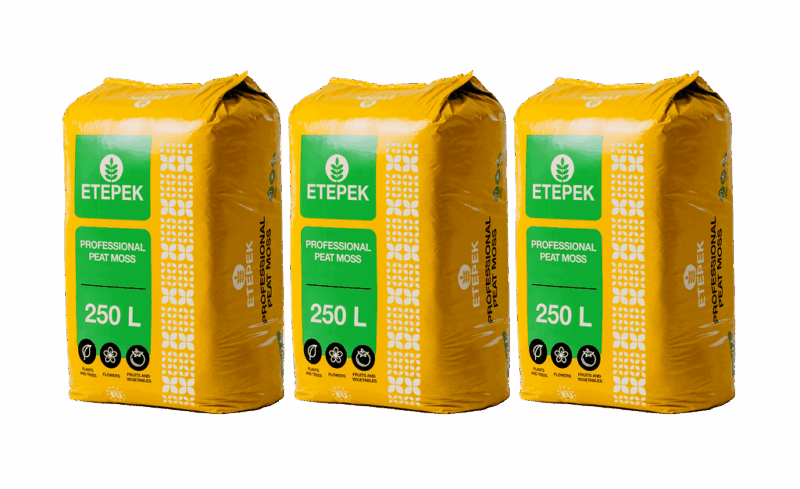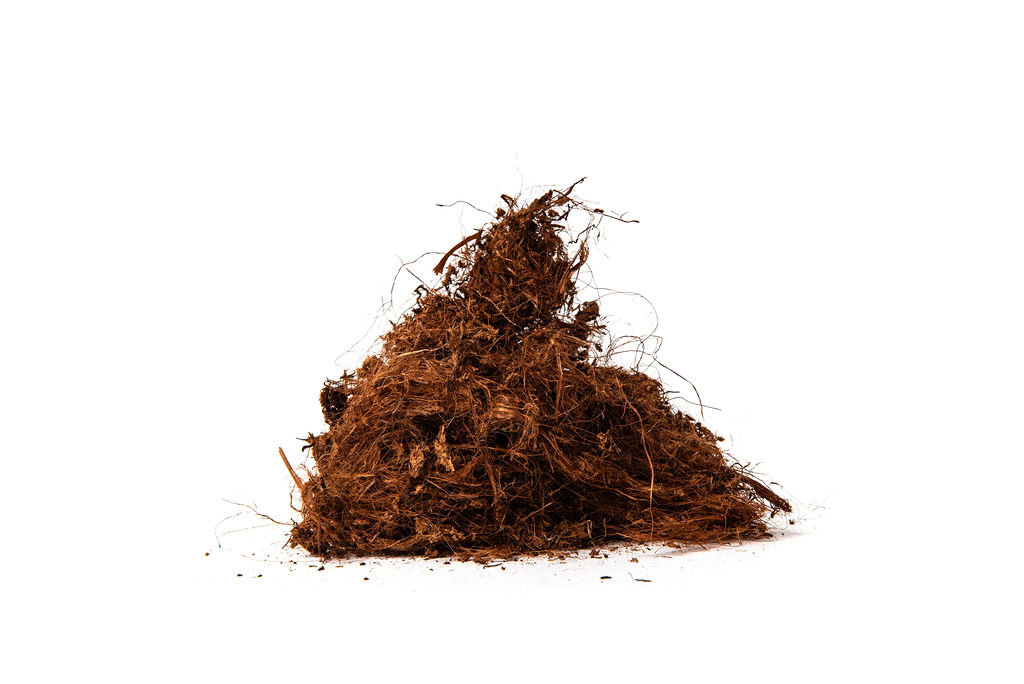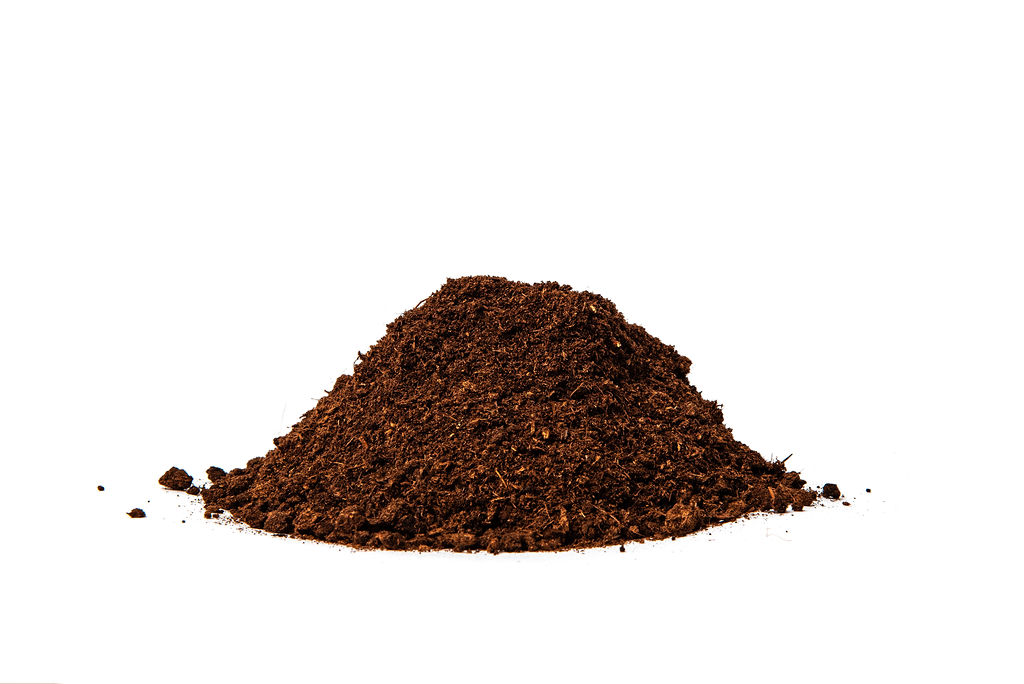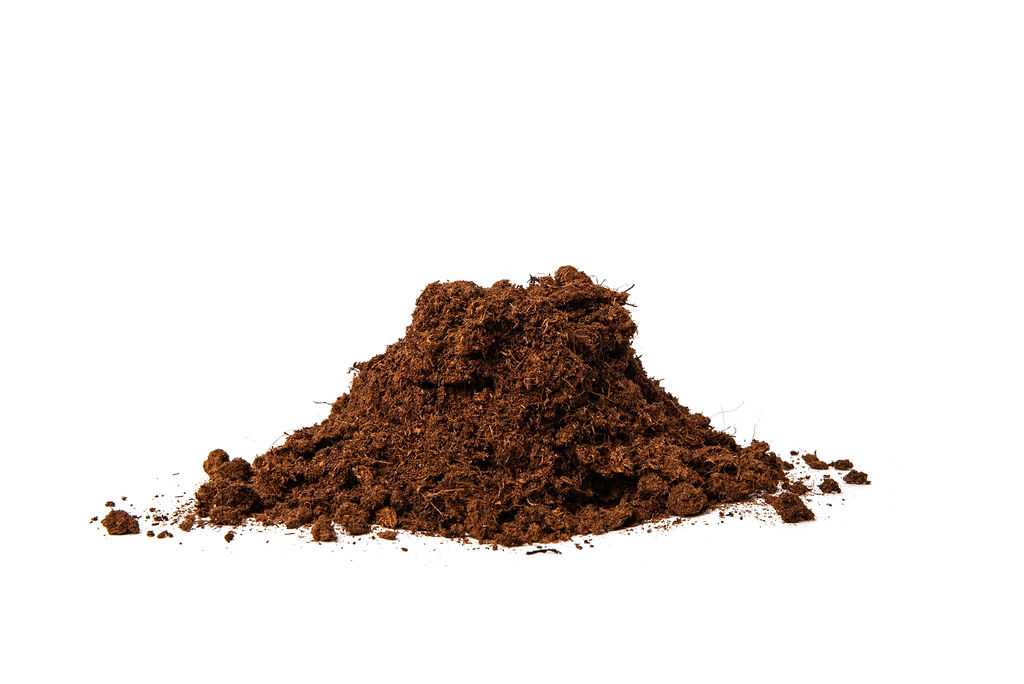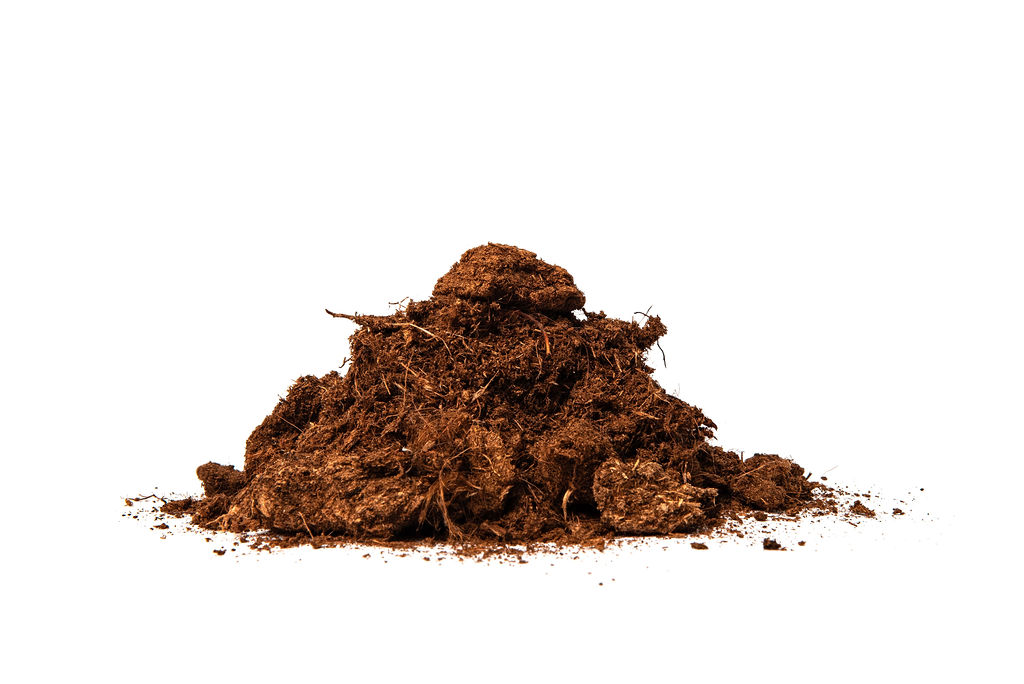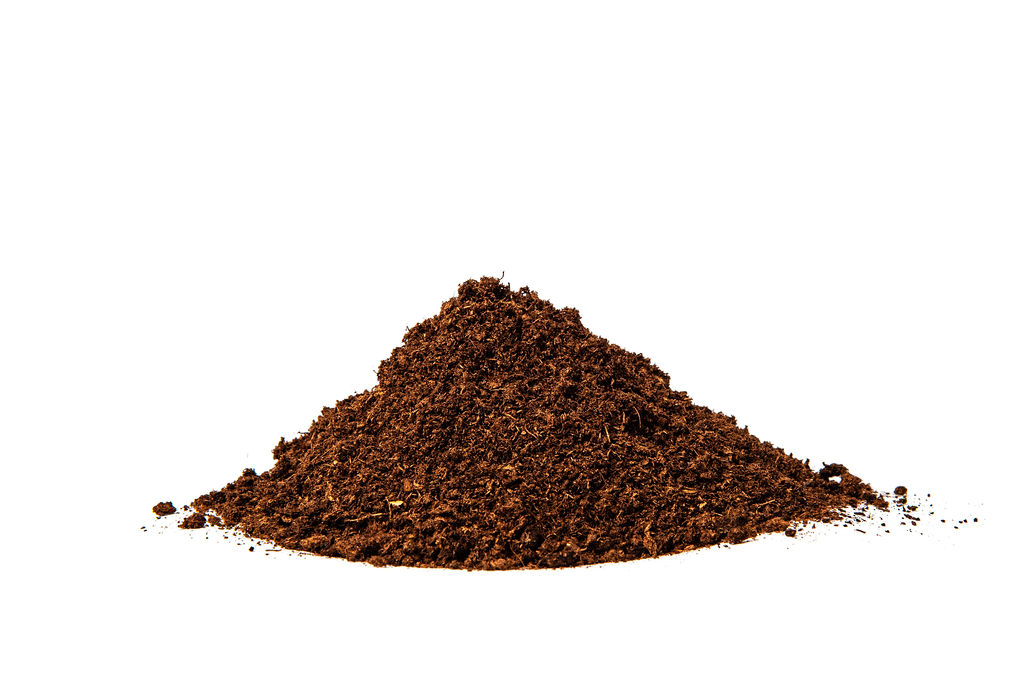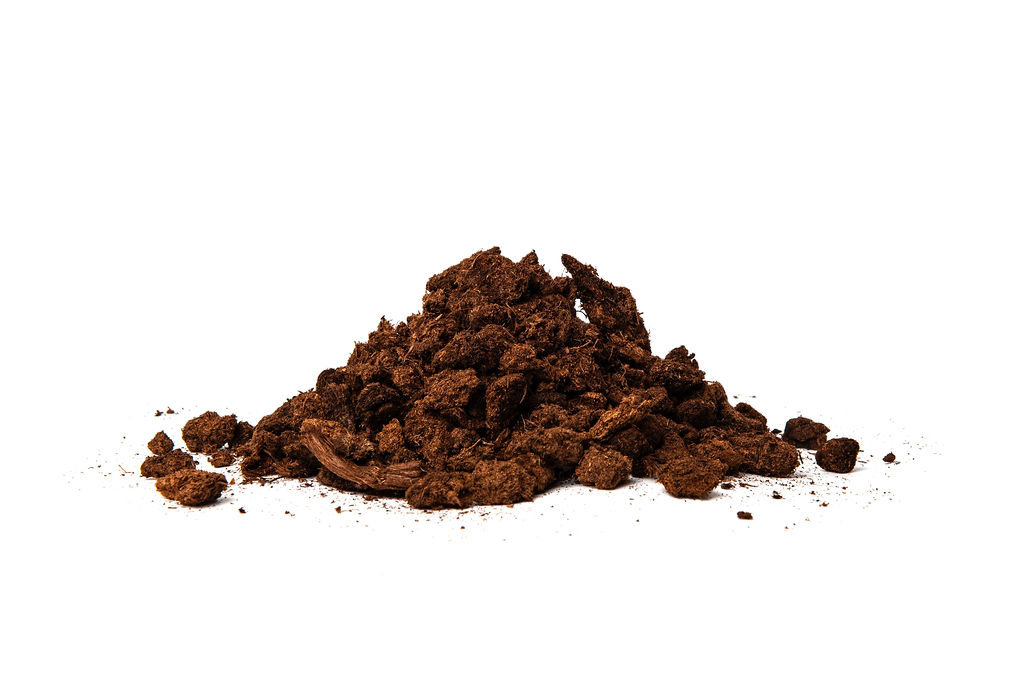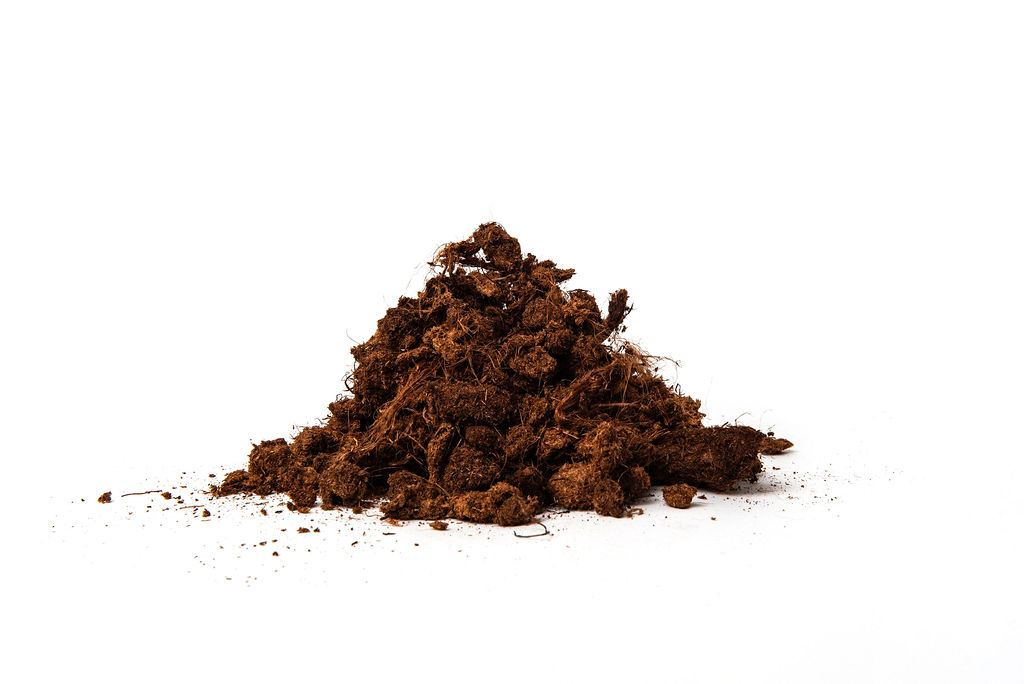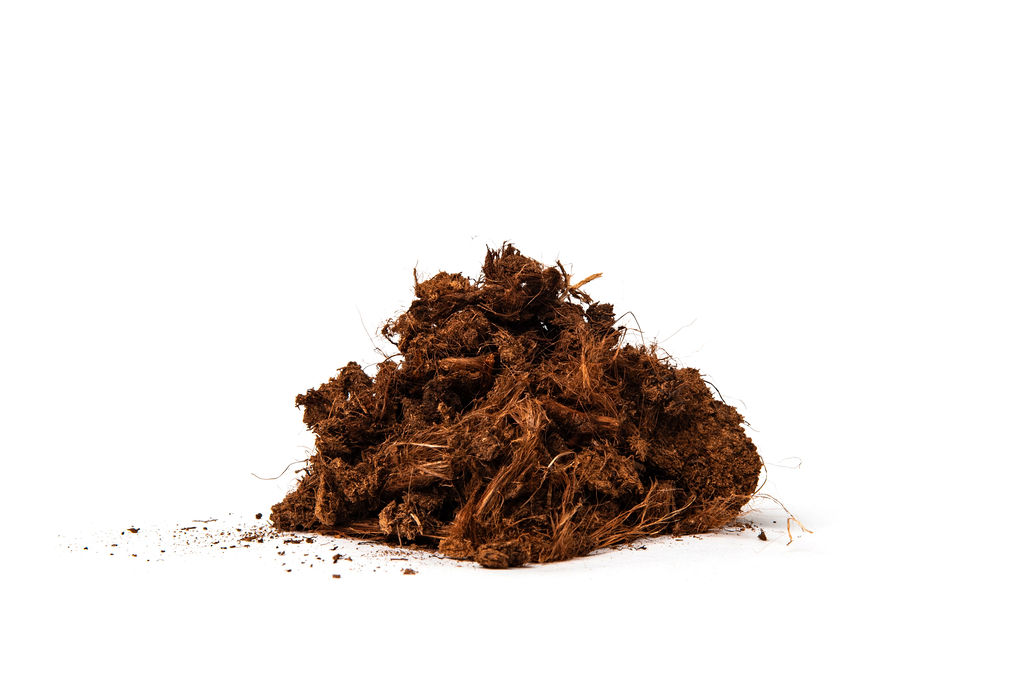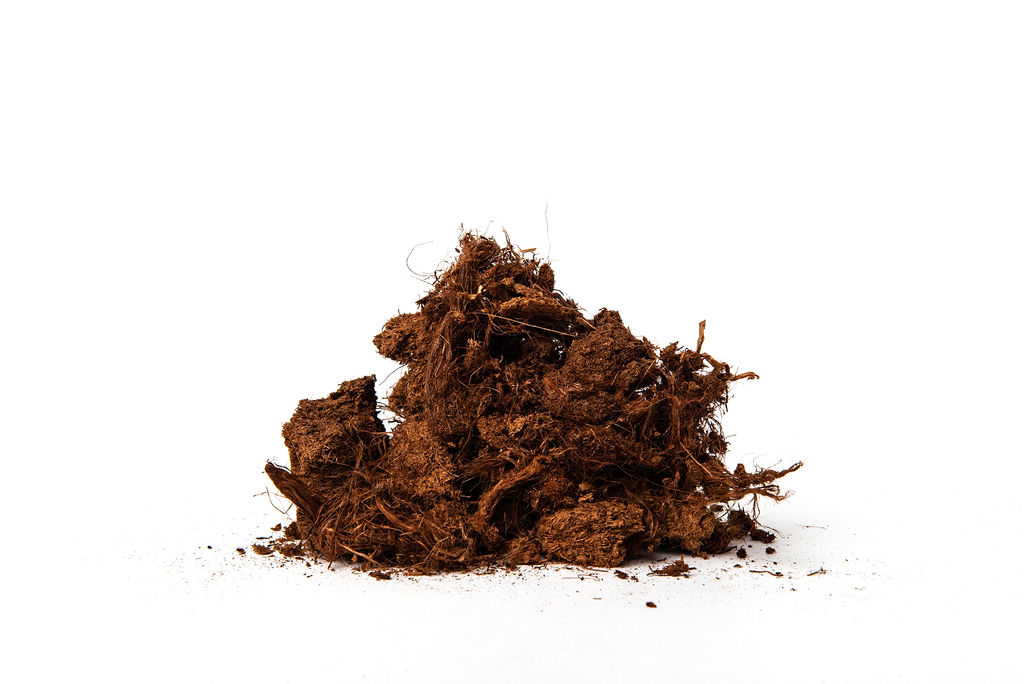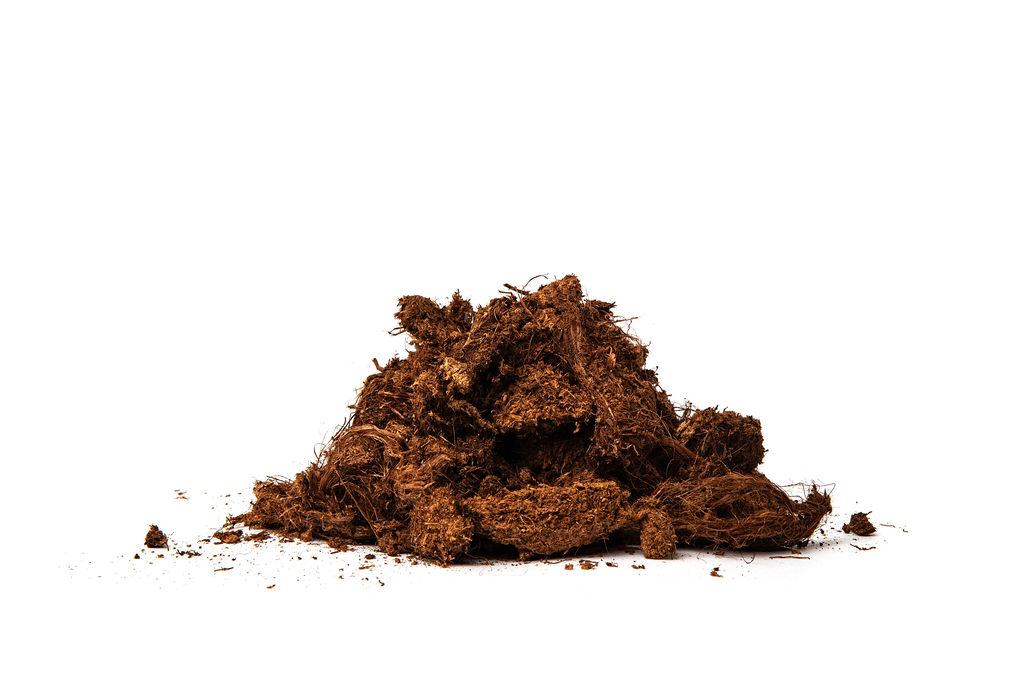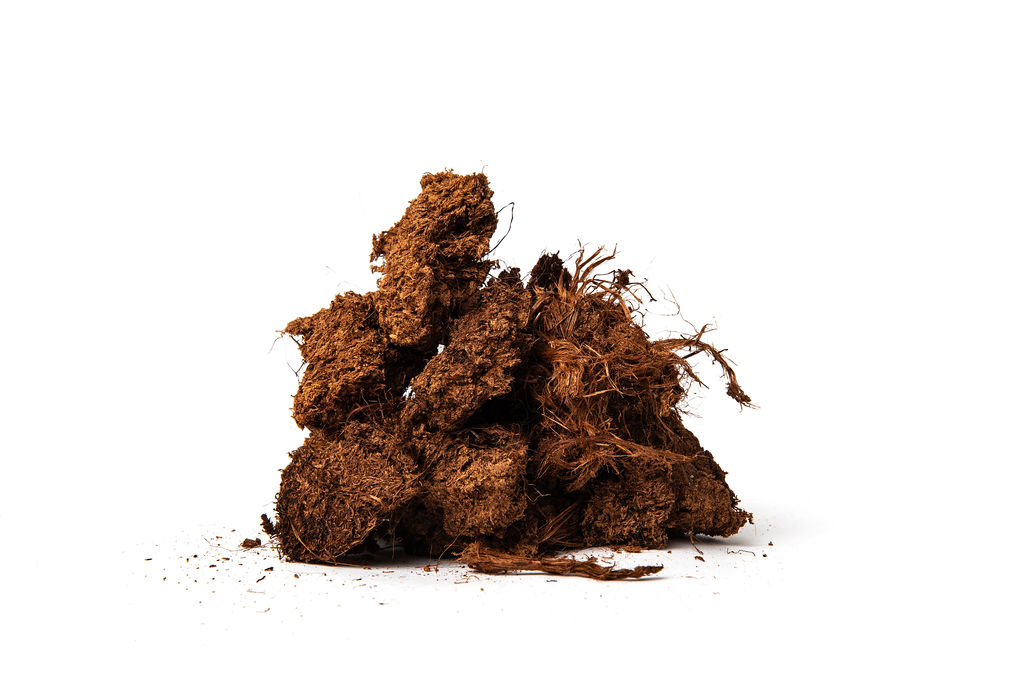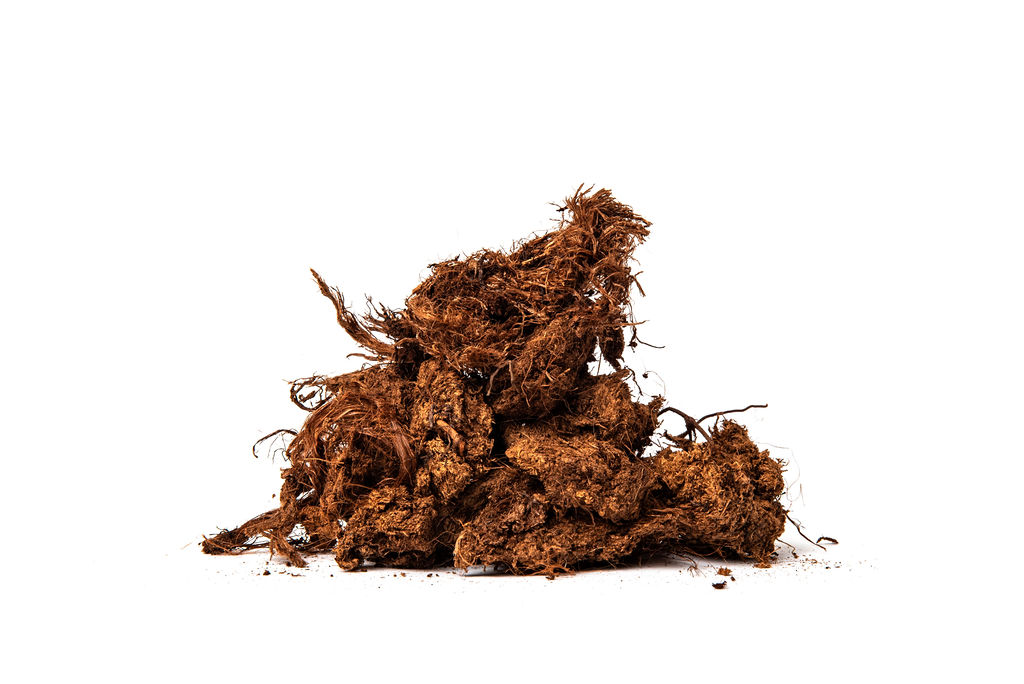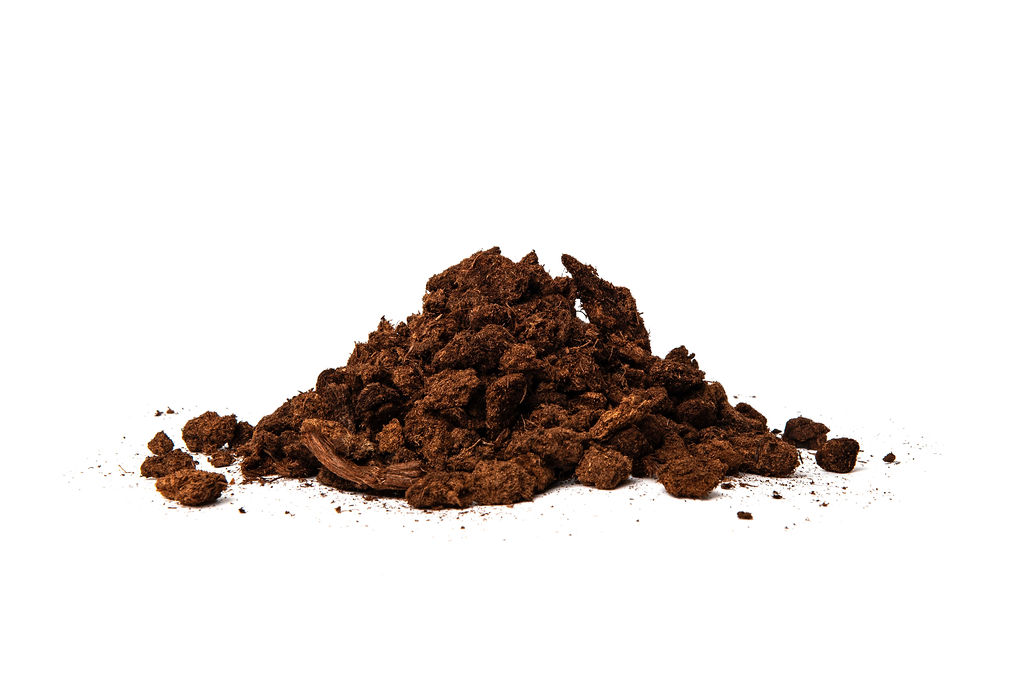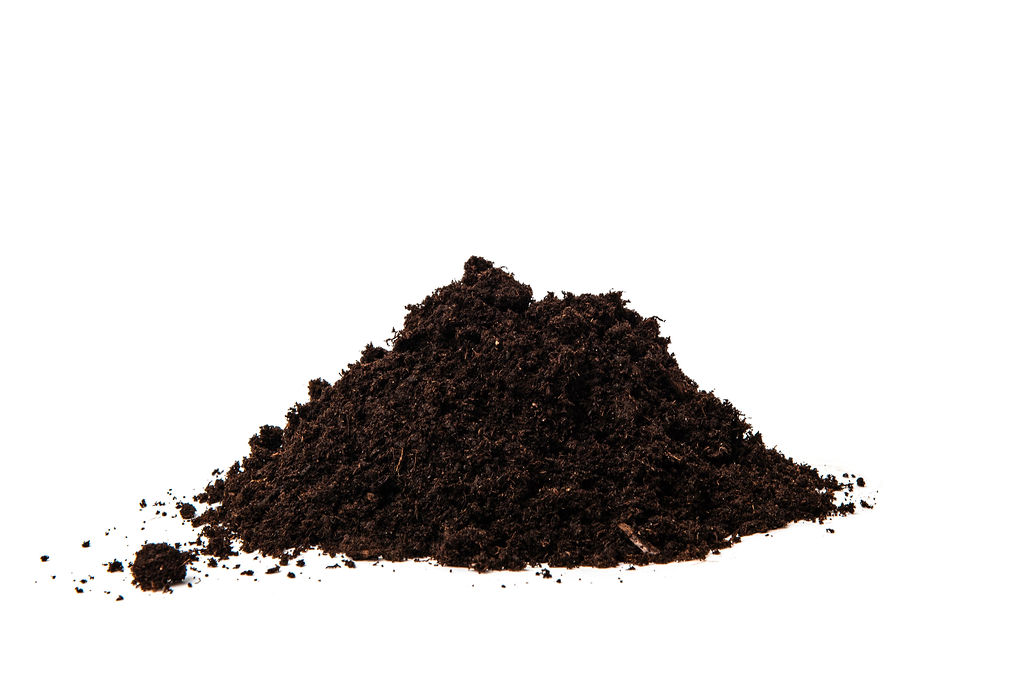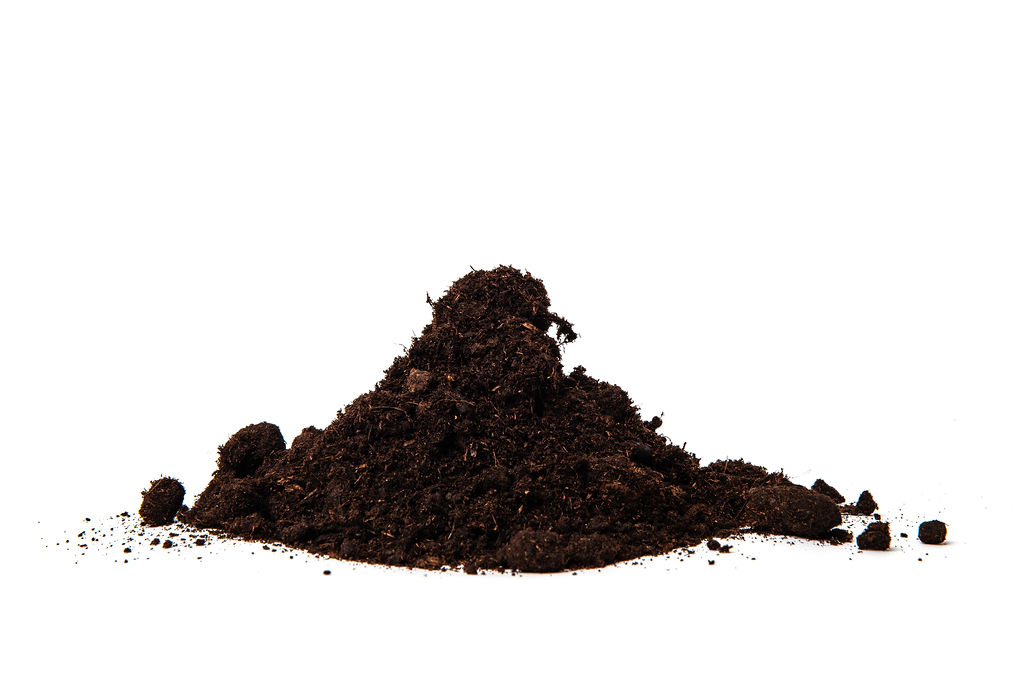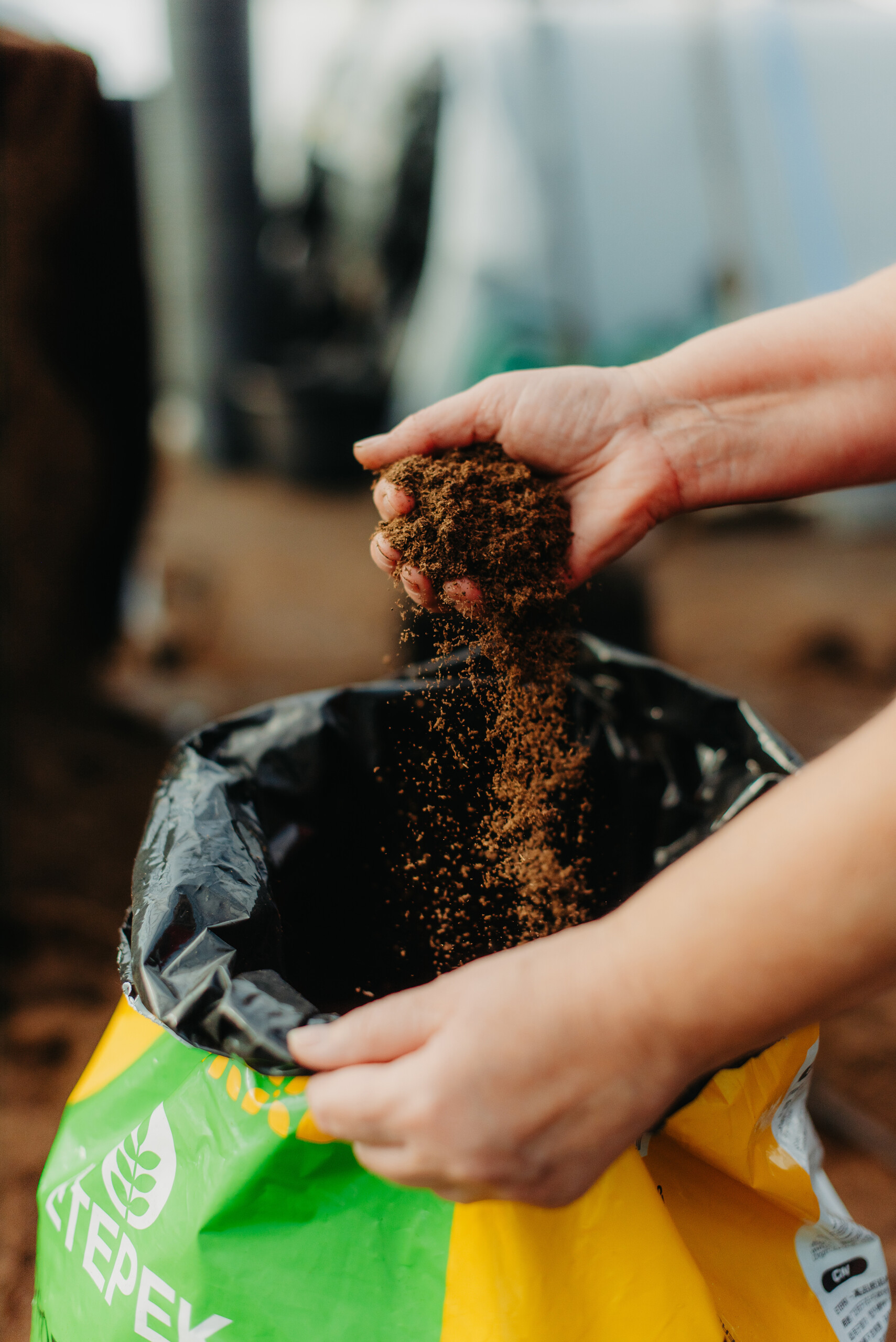
What is organic peat moss
Peat moss is composed of various plant materials that have accumulated in the bog environment. Over time, as these materials break down, they create layers of peat that are rich in organic compounds. The unique conditions in these bogs – cool temperatures, high humidity, and low oxygen – slow the decomposition process, allowing the peat to retain much of its original plant material structure.
This slow, natural process is what gives peat moss its remarkable properties: high moisture retention, excellent aeration, and a slightly acidic pH, all of which contribute to its effectiveness as a soil amendment.
Types of Peat Moss
As plant material within bogs decomposes, it goes through different stages that affect both its color and texture. White peat is the least decomposed, retaining a light, fibrous structure that’s ideal for aeration. As decomposition progresses, the color darkens, leading to brown peat, which holds moisture exceptionally well. Black peat is the most decomposed form, rich in nutrients and darkest in color, making it particularly effective for enriching soil with organic matter. The darkening of peat is a direct result of the increased concentration of organic materials and the breakdown of plant matter over time.
Sphagnum Peat Moss
Harvested from the upper layers of peat bogs, sphagnum peat moss is lighter and more fibrous than other types of peat. The cells in sphagnum moss are both living and dead – the living cells conduct photosynthesis, while the dead cells act like tiny sponges, absorbing and holding water. Each cell is capable of holding large amounts of water, up to 10 to 20 times its dry weight. This sponge-like structure is what allows sphagnum peat moss to maintain consistent moisture levels for plants, particularly in sandy or fast-draining soils where water retention is a challenge.
Sphagnum peat moss is also highly valued for its ability to improve soil structure. It helps to loosen compacted soils, allowing roots to penetrate more easily and access key nutrients like nitrogen, phosphorus, and potassium. This improved soil aeration not only fosters healthier root systems – avoiding root rot and root suffocation – but also encourages beneficial microbial activity.
Versatility in Application
Natural peat moss is incredibly versatile. It’s used in a wide range of applications, from seed starting and potting mixes to soil conditioning and lawn care. Its slightly acidic nature makes peat moss an excellent addition to substrates designed for acid-loving plants such as blueberries, azaleas, and rhododendrons.
Choosing the right fraction size can majorly boost plant growth and health by offering the ideal balance of moisture, aeration, and pH suitable for different plant stages and types. Finer fractions are perfect for seed starting and nurturing young plants that crave moisture. They create a sterile, nutrient-rich environment that promotes strong, early root development. Coarser fractions are the way to go for mature plants that need room to breathe and roots to spread.
